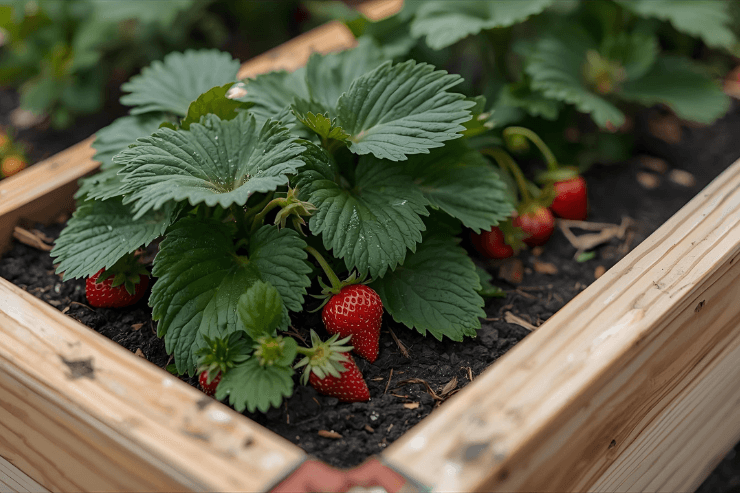
After all your hard work and diligence, you’ve reached the exciting phase of harvesting and enjoying your produce. This chapter will guide you on how to properly harvest, store, and make use of your garden bounty.
WHEN AND HOW TO HARVEST
The ideal time and method to harvest vary by plant type, but here are some general guidelines:
- Leafy Greens: Harvest outer leaves as needed once the plant has matured, allowing the center of the plant to continue producing.
- Root Vegetables: Harvest these when they’re the appropriate size. Small, young roots often have the most flavor.
- Fruiting Vegetables: Harvest when the fruit is at its peak color and firmness. Avoid waiting too long as overripe fruits can attract pests.
Always use sharp, clean tools to avoid damaging the plants. Early morning is the best time to harvest, as produce is crisp from the night’s cooling and hasn’t yet been stressed by the heat of the day.
STORAGE AND PRESERVATION
Proper storage can extend the life of your harvest, allowing you to enjoy it for longer.
- Cool, Dark Places: Root vegetables, onions, and garlic last longest when stored in a cool, dark place.
- Refrigeration: Leafy greens, herbs, and many fruits do well in the refrigerator. Store them in reusable produce bags to maintain freshness.
- Preservation: Canning, freezing, and dehydrating are great ways to preserve your harvest for the off-season.
COOKING AND ENJOYING YOUR HARVEST
The true reward of a garden is the enjoyment of your fresh produce. Eating fresh fruits and vegetables, cooking delicious meals, and sharing your bounty with friends and family are the true joys of gardening.
- Eat Fresh: There’s nothing like a salad made from just-picked lettuce, or a tomato eaten like an apple straight from the vine.
- Cook: Fresh produce shines in a variety of dishes. Explore new recipes to fully enjoy the fruits of your labor.
- Share: One of the best things about having a garden is the ability to share the bounty. Neighbors, friends, and family will always appreciate a fresh, homegrown gift.
PLANNING FOR THE NEXT SEASON
Even as you enjoy this season’s bounty, it’s time to start planning for the next. Take notes about what plants did well and which ones didn’t. What pest or disease issues did you encounter? Did you plant too much or too little of something? Use this information to plan an even more successful garden next year.
In the next chapter, we will share some advanced gardening techniques for those wishing to take their gardening skills to the next level.


 Previous
Previous

